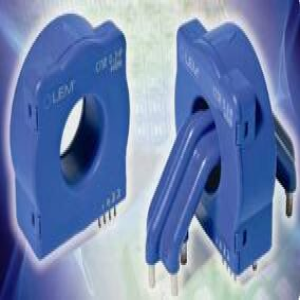
The current sensor is a device that can convert the current signal into an electrical signal that can be measured and processed. It usually consists of two main parts: sensing element and conversion circuit. The sensing element is responsible for detecting the change of current, and the conversion circuit converts this change into a voltage or frequency signal suitable for measurement. BSM75GB120DN2 Current sensors are widely used in various electrical systems and equipment, such as power transmission systems, power management systems, industrial automation and other fields.
Lithium battery industry is one of the important fields of electric energy storage and conversion, which is widely used in electric vehicles, energy storage systems, portable electronic devices, etc. In the lithium battery industry, current sensors play a crucial role and are mainly used in the following aspects:
1. Battery Management System (BMS)
The battery management system is one of the core components of the lithium battery system, which is mainly responsible for monitoring and controlling the charging and discharging process of the battery to ensure the safety and reliability of the battery. In BMS, the current sensor is used to monitor the charging and discharging current of the battery in real time to provide accurate data support for BMS for accurate control and management.
2. Motor control
In the lithium battery driven motor control system, the current sensor is used to monitor the current size and change trend of the motor in real time, providing a basis for the motor control strategy. Through the real-time monitoring and analysis of the motor current, the accurate control and energy-saving operation of the motor can be achieved.
3. Overcurrent protection
Overcurrent is one of the dangerous situations that may occur during the use of lithium batteries, which may lead to battery damage or even safety accidents in serious cases. Therefore, over-current protection device needs to be set in the lithium battery system. The current sensor can monitor the current status of the battery in real time. Once the overcurrent phenomenon is found, the protection action will be triggered immediately to cut off the current to protect the battery from damage.
4. Charging management
During the charging process of lithium battery, the current sensor can monitor the size and change of the charging current in real time, providing data support for the charging algorithm. By precisely controlling the charging current and charging time and other parameters, the service life of the battery can be extended and the charging efficiency can be improved.
In short, current sensors play an indispensable role in the lithium battery industry. With the continuous progress of technology and the expanding application demand, the application of current sensors in lithium battery industry will be more and more extensive and in-depth.

